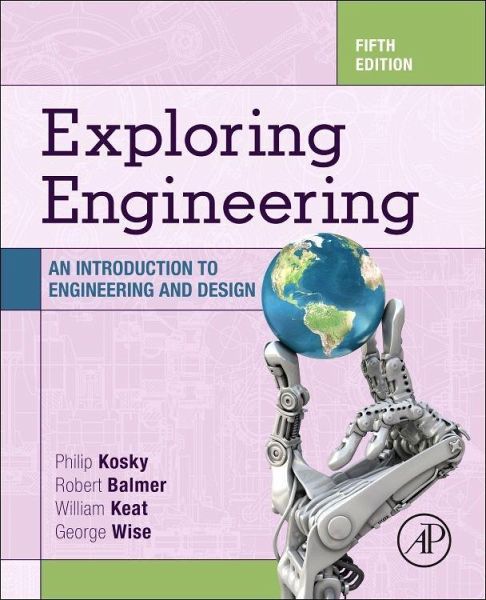Nicht lieferbar

Exploring Engineering
An Introduction to Engineering and Design
Offers a comprehensive overview of the application of machine learning tools in data analysis across a wide range of subject areas Teaches readers how to apply machine learning techniques to biomedical signals, financial data, and healthcare data Explores important classification and regression algorithms as well as other machine learning techniques Explains how to use Python to handle data extraction, manipulation, and exploration techniques, as well as how to visualize data spread across multiple dimensions and extract useful features














